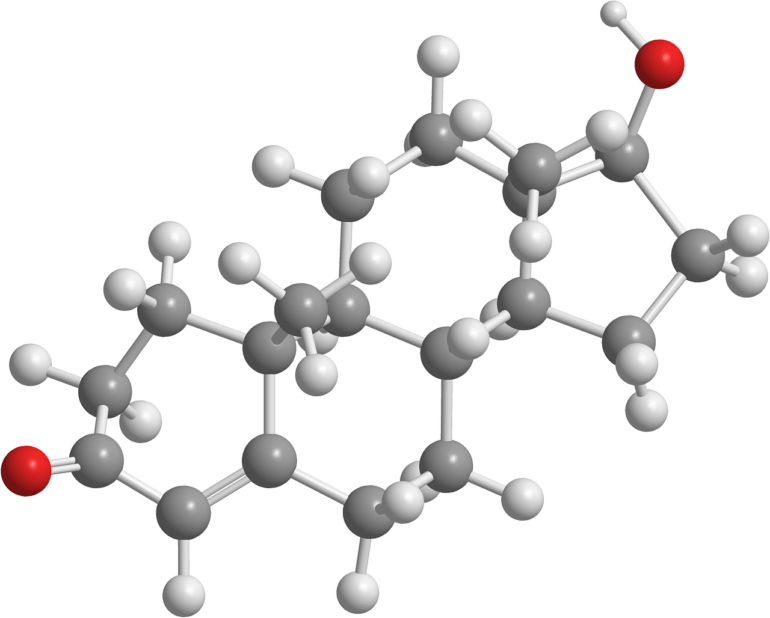You’ve probably heard about testosterone – it’s often called the “male hormone.” But what does it do? It’s a big deal because it affects many parts of our lives. It helps with growing muscles, feeling in the mood, and having enough energy.
But here’s the thing: only some in Italy have the right amount of this hormone. This article will discuss how common low testosterone is in Italy, what causes it, why it matters, and what we can do about it.
What You Need To Know About Low Testosterone?
Before delving into the specific prevalence of low testosterone in Italy, let’s grasp a fundamental understanding of what low testosterone, or hypogonadism, entails. Testosterone is a hormone primarily produced in the testes (and in smaller amounts in the adrenal glands) and is crucial for both men and women. However, it is more commonly associated with male health.
Testosterone plays a multifaceted role in the body, affecting various aspects of life:
- Sexual Function: Testosterone is responsible for male sexual characteristics and plays a pivotal role in libido and erectile function.
- Physical Development: During puberty, testosterone drives the development of secondary sexual characteristics like facial hair, a deep voice, and increased muscle mass.
- Mood and Energy: Optimal testosterone levels are associated with increased energy, better mood, and cognitive function.
- Bone Health: Testosterone contributes to bone density and strength.
Prevalence of Low Testosterone In Italy and Europe
According to research, there’s a condition called testosterone deficiency (TD) that affects people worldwide, with a prevalence ranging from 10% to 40%. However, diagnosing TD is a bit of a puzzle because doctors don’t always agree on what testosterone level counts as deficient, with thresholds varying from 200 to 400 ng/dL. Moreover, doctors weigh the importance of symptoms differently when making a diagnosis. What’s interesting is that the EU seems to prescribe testosterone replacement therapy (TRT) much more often than in other places around the globe, and this has tripled in the past decade, even for men who have normal testosterone levels. Most doctors tend to focus on the symptoms of TD rather than just relying on lab test results, and in some cases, they don’t even check testosterone levels for a quarter of their patients.
A study done in a few European countries, including France, Germany, Italy, and Spain, found that many older men have Testosterone Deficiency Syndrome (TDS). However, the study showed that doctors sometimes must recognize or diagnose it correctly. They found that most urologists and endocrinologists, specialists in this area, had learned about TDS either during their initial medical training or later on as part of their continuous education.
Around 86.5% of doctors agreed that TDS is a real problem and thought it affects about 10-15% of men. But here’s where things got a bit tricky: some doctors believed that to diagnose TDS, you needed both specific symptoms and low testosterone levels. When treating TDS, different doctors liked different methods, such as giving injections, using gels or patches, or using pills. They were worried about side effects like prostate problems when using testosterone replacement therapy. In short, this study showed that diagnosing and treating TDS can differ from one doctor to another, even though there are international guidelines.
What Are The Risk Factors Associated With Low Testosterone in Italy?
Here are some risk factors associated with low testosterone in Italy, along with a brief description of each:
- Getting Older: When guys get older, their testosterone levels can drop. This usually starts in their late 20s or early 30s and continues as they age. By the time they’re 70, a lot of men may have low testosterone.
- Being Overweight: If someone has too much body fat, especially around the belly, it can mess with their hormones and decrease their testosterone.
- Health Issues: Certain health problems like type 2 diabetes, metabolic syndrome, and kidney disease can mess with hormones and lead to low testosterone.
- Medicines and Treatments: Some medicines, like steroids or strong painkillers, can lower testosterone. Also, treatments like chemotherapy for cancer can affect it.
- Lifestyle Choices: Things like drinking too much alcohol, smoking, and not being active can increase the chance of having low testosterone. Conversely, exercising regularly and eating well can help keep testosterone levels healthy.
Remember, just having these risk factors doesn’t mean someone will have low testosterone. It varies from person to person. If someone thinks they might have low testosterone or they’re worried about these risk factors, it’s a good idea to talk to a doctor for advice.
Exploring Testosterone Replacement Therapy In Italy
You might have heard about testosterone therapy TRT; it’s a medical treatment that helps men with low testosterone levels. In Italy, like in many other places, more and more people are talking about it because it’s essential for men’s health and well-being. Low testosterone, which doctors sometimes call hypogonadism, can affect how men feel and their overall health.
One thing that’s important to know about testosterone therapy in Italy is that there are new and convenient ways to get medical advice and treatment. Suppose you want to see a doctor in person. In that case, you can either go to a hospital or clinic or use a telemedicine service like Mobi Doctor, which allows you to chat with doctors and specialists over the phone or through your computer. Both options work, and it’s up to you to decide which one you’re more comfortable with. The most important thing is to get the help you need for a healthier life.





